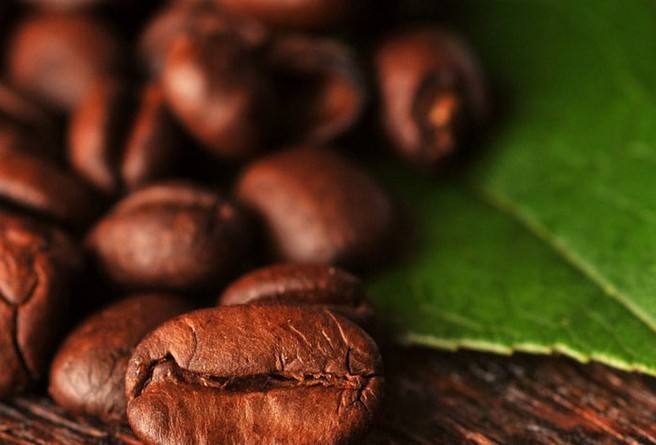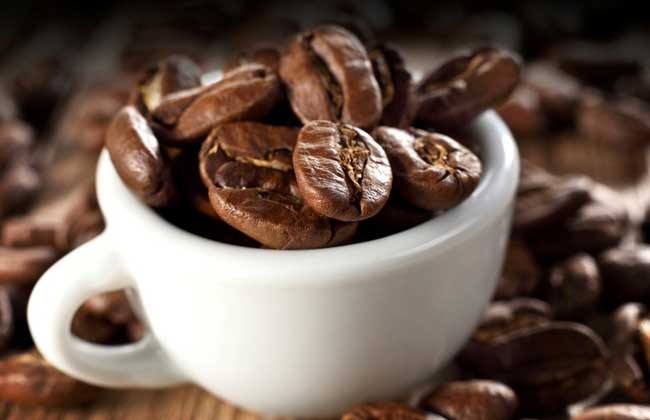How about Arabica coffee? it's a variety of varieties full of personality.
Arabica species are a variety of varieties full of personality.
This kind of coffee accounts for 65% of the world's total coffee production, and most of the coffee beans we buy are Arabica. The Arabica species, which originated in Ethiopia, were divided into "Tibika subspecies" and "Bobang subspecies" on the way through the Arabian Peninsula, and were later divided into multiple species through natural variation and different mating methods. Arabica species are less resistant to diseases and insect pests and are not resistant to cold.
The higher the altitude of the planting area, the better the varieties. People usually grow this kind of coffee at an altitude of 600 to 1800m. It is best to grow this variety in alpine areas without frost, where there is a large temperature difference between day and night, sufficient light, good ventilation, and fertile soil covered with volcanic ash. The coffee beans planted in such a zone are not only dense but also taste mellow and sour.

Arabica coffee is generally thought to originate from the Ethiopian plateau and is widely distributed in the tropics, mainly in Kenya and Ethiopia in Africa, outside Argentina and Brazil in South America, Laos and India in Central America and Asia. Its planting area is the broadest but the planting conditions are very stringent compared with the Robusta species. Arabica needs slopes with an altitude of 900 to 2000 meters, suitable growth temperature of 15Mel 24 ℃, greater humidity, annual rainfall of not less than 1500 milliliters, fertile soil, proper sunshine and shade conditions, slow growth pace and poor ability to resist diseases and insect pests, and is vulnerable to frost and drought. So an Arabica coffee tree produces about 500 grams of raw coffee beans a year, but the caffeine content is about 1% of its weight and the quality is very high.
Arabica is a large shrub with oval, dark green leaves and oval fruit. There are generally two slightly flattened beans with small and round beans, long oval on the front, narrow and S-shaped cracks in the middle, and smooth arcs on the back of the beans. Caffeine content is about 1% Muay 1.7%.
Arabica coffee trees grow between 900m and 2000 m above sea level; they are cold-resistant, and the suitable growth temperature is 15ml / 24m; they need more humidity, and the annual rainfall is not less than 1500 ml. At the same time, they also require higher cultivation techniques and conditions.
Arabica coffee beans are mainly grown in South America (except Argentina and parts of Brazil), Central American countries, Africa (Kenya, Ethiopia, mainly East Africa), Asia (including parts of Yemen, India and Papua New Guinea), and a small amount of Arabica coffee beans are also grown in Yunnan, Hainan and Taiwan in China.
Important Notice :
前街咖啡 FrontStreet Coffee has moved to new addredd:
FrontStreet Coffee Address: 315,Donghua East Road,GuangZhou
Tel:020 38364473
- Prev

Introduction of planting Climate Export in Alabica Coffee Bean producing area of Yunnan Province
Follow the caf é (Wechat official account vdailycom) found that the beautiful cafe opened its own shop and planted Arabica coffee beans in Yunnan. The varieties were first introduced in 1892 in Zhukula area, Pingchuan Town, Binchuan County, Dali Prefecture, Yunnan Province. Arabica Bourbon and Arabica Tippica coffee beans were introduced, and then Kenya Katimo (Arabica and Luo) was introduced in 1991.
- Next

Description of Taste and Flavor of Antigua Manor by altitude treatment
Follow the caf é (Wechat official account vdailycom) found that the Antigua Manor, a small shop of the Beautiful Cafe, opened its own shop at an altitude of about 1600 meters to 1900 meters above sea level. Some of the estates will be as high as 1850 meters above sea level, and the harvest is quite late. In May, post-processing is still being carried out. This batch of ultra-high altitude is bourbon species, from three manors affiliated to the association, belonging to mixed batches.
Related
- Detailed explanation of Jadeite planting Land in Panamanian Jadeite Manor introduction to the grading system of Jadeite competitive bidding, Red bid, Green bid and Rose Summer
- Story of Coffee planting in Brenka region of Costa Rica Stonehenge Manor anaerobic heavy honey treatment of flavor mouth
- What's on the barrel of Blue Mountain Coffee beans?
- Can American coffee also pull flowers? How to use hot American style to pull out a good-looking pattern?
- Can you make a cold extract with coffee beans? What is the right proportion for cold-extracted coffee formula?
- Indonesian PWN Gold Mandrine Coffee Origin Features Flavor How to Chong? Mandolin coffee is American.
- A brief introduction to the flavor characteristics of Brazilian yellow bourbon coffee beans
- What is the effect of different water quality on the flavor of cold-extracted coffee? What kind of water is best for brewing coffee?
- Why do you think of Rose Summer whenever you mention Panamanian coffee?
- Introduction to the characteristics of authentic blue mountain coffee bean producing areas? What is the CIB Coffee Authority in Jamaica?

